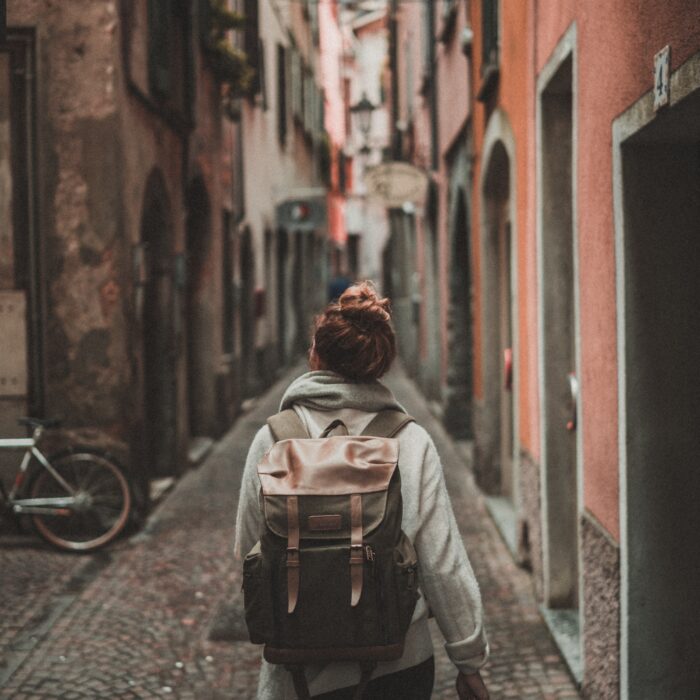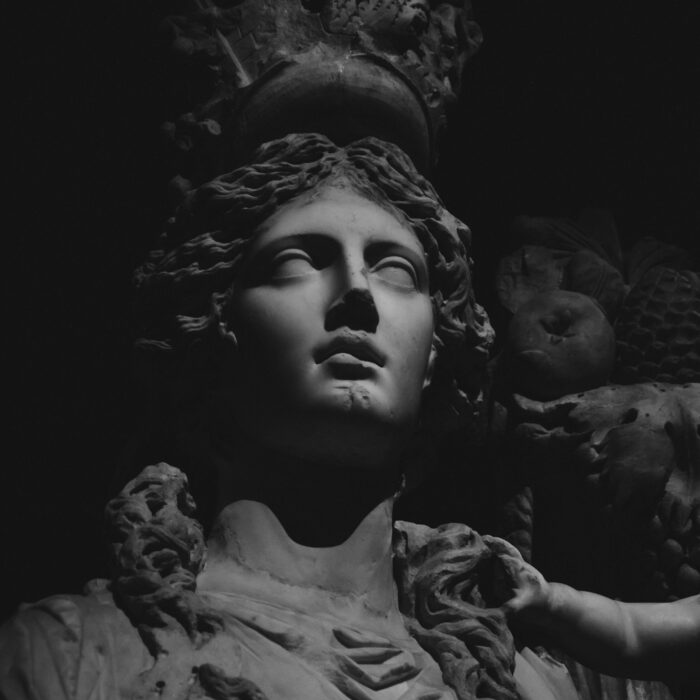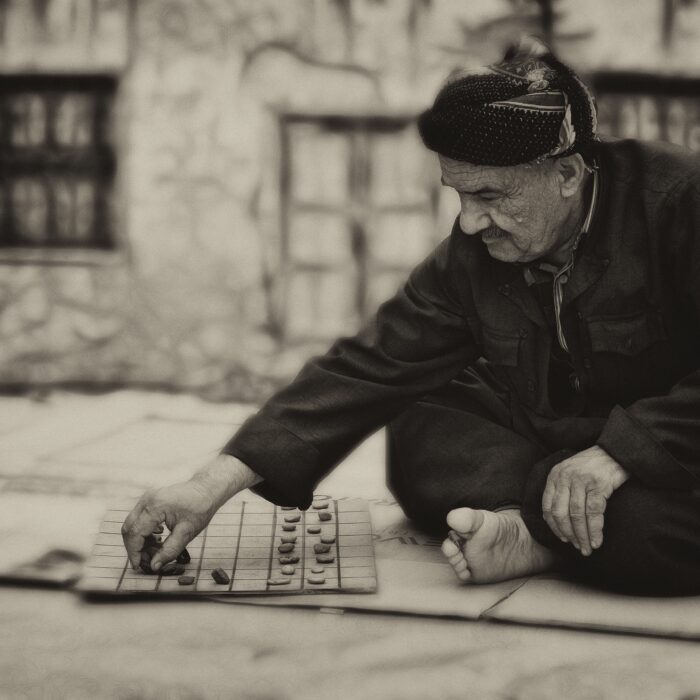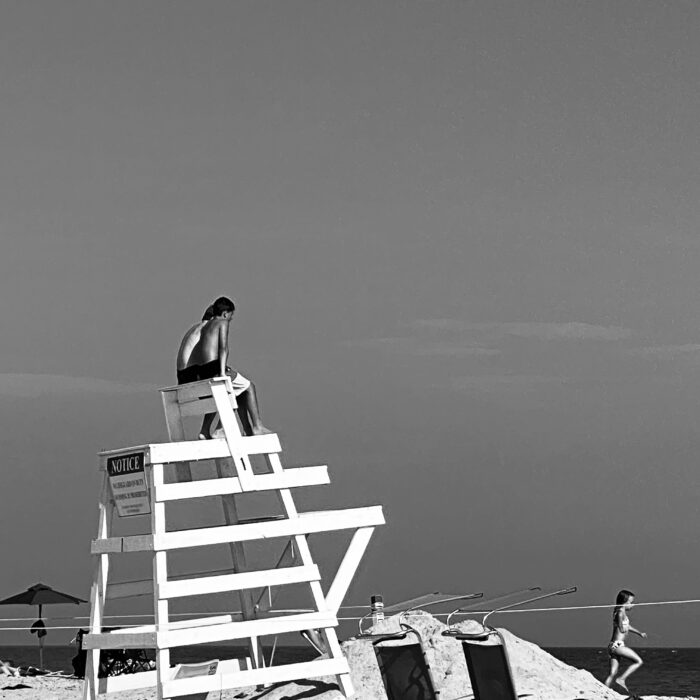You have no items in your cart. Want to get some nice things?
Go shopping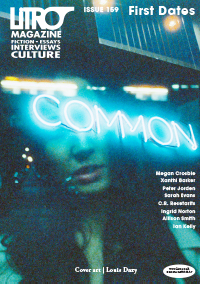 The social phenomenon of online dating has changed the way we meet and date. Our first edition for 2017 takes a look at the awkward First Date. First dates can be the start of something or the beginning and the end of it: we want them to go well, to give a good first impression of ourselves and to hit it off with our date – we want to want to see more of them, and for her or him to feel the same – and sometimes we can’t get away from them fast enough.
The social phenomenon of online dating has changed the way we meet and date. Our first edition for 2017 takes a look at the awkward First Date. First dates can be the start of something or the beginning and the end of it: we want them to go well, to give a good first impression of ourselves and to hit it off with our date – we want to want to see more of them, and for her or him to feel the same – and sometimes we can’t get away from them fast enough.
Is a first date like encountering a writer’s work for the first time? Well, kind of but not exactly – you needn’t worry what the writer thinks of you – but still you find out whether you can get on with the writer, whether you want to spend more time in their company, or whether you can’t bear to listen to them droning on about themselves anymore.
Dating apps have made bagging a first date as easy as swiping left or right our smartphones, can now connect us in a matter of seconds to potentially millions of singles available to date, chat or simply just hang out. This ease of choice some psychologists believe is a problem, psychologist Barry Schwartz in his book The Paradox of choice, cites the researcher who set up a table at an upscale food store and offered shoppers samples of jams. Sometimes, the researchers offered six types of jam, but other times they offered 24. When they offered 24, people were more likely to stop in and have a taste, buy they were almost 10 times less likely to actually buy jam than people who had just six kinds to try.
So what’s going on? There’s just too much jam out there. Once you’ve made it to that first date, you can’t focus because as soon as you go to the bathroom, three other jams have messaged you. You go online, you see more jam.
For cynics, there’s an obvious stigma around the dating app – the increase in superficiality. But when you walk into room or party, often all you have are faces and height – so aren’t these dating apps just a huge festival of faces? The social phenomenon of online dating is here to stay- dating apps fit too neatly into the busy lives of singles and apps like Tinder have managed to engage with the 18+ audience and importantly they make meeting people fun and efficient.
The hard part of the first date is the changing out of your tracksuits, cutting short the latest Netflix binge or putting that other writers book down, sticking to one jam and meeting them in person.
In Litro 159 we have a First Date with a group of writers you maybe haven’t met before, but whose work you’ll hopefully want to see more of. They giving us six stories and an essay. And a comical dialogue between biographer and playwright Ian Kelly and the world’s most notorious lover Casanova.
Our cover artist this month is the Parisian photographer Louis Dazy, a photographer who uses the double exposure process. Louis puts people in natural or urban landscapes and immerses them in orange and blue lights.
In this issue, we have magical first dates -though of course magic can be dark and scary and far –from-magical. We open the issue with The Remarkable Girls You can Find in the Peculiar Depths of the Internet by Megan Crosbie.
Xanthi Barker’s Role Models is a story about an unromantic, apparently meaningless first date that ends up echoing down through the years.
Peter Jordan, gives us The Mirror– a story where we are left asking “Why did she take the bathroom mirror?
Friday Night by Sarah Evans – an online profile – receives a: “Hi, I think you’re really cute and would love to get to know you. View my profile to find out more about me…. “ What’s the worse that can happen?
We have dialogue, between award-winning novelist and playwright Ian Kelly and the world’s most notorious lover, Casanova.
In C.R. Resetaris Bling, sometimes that first date is so good it makes you question… everything.
Alison Smith’s The Girlfriend Experience is a personal essay about going on a date for money, offering ‘a girlfriend experience’. We close the issue – by going full circle with magic- The Dream Bridegroom by Ingrid Norton, a retelling of a South Asian folktale.

